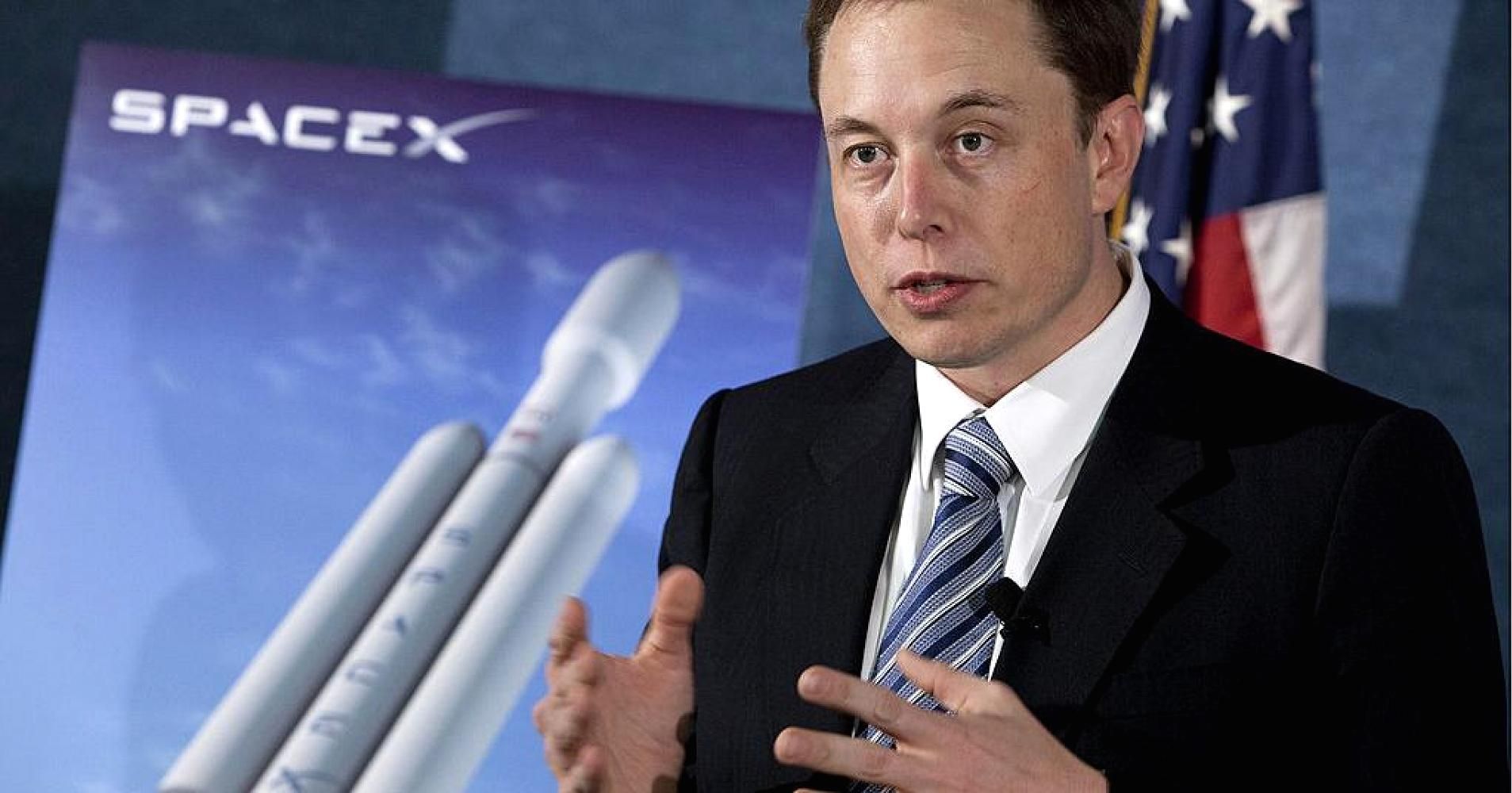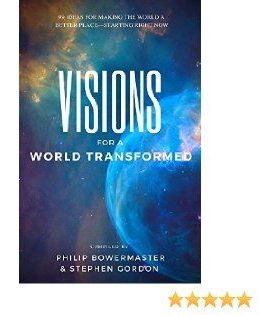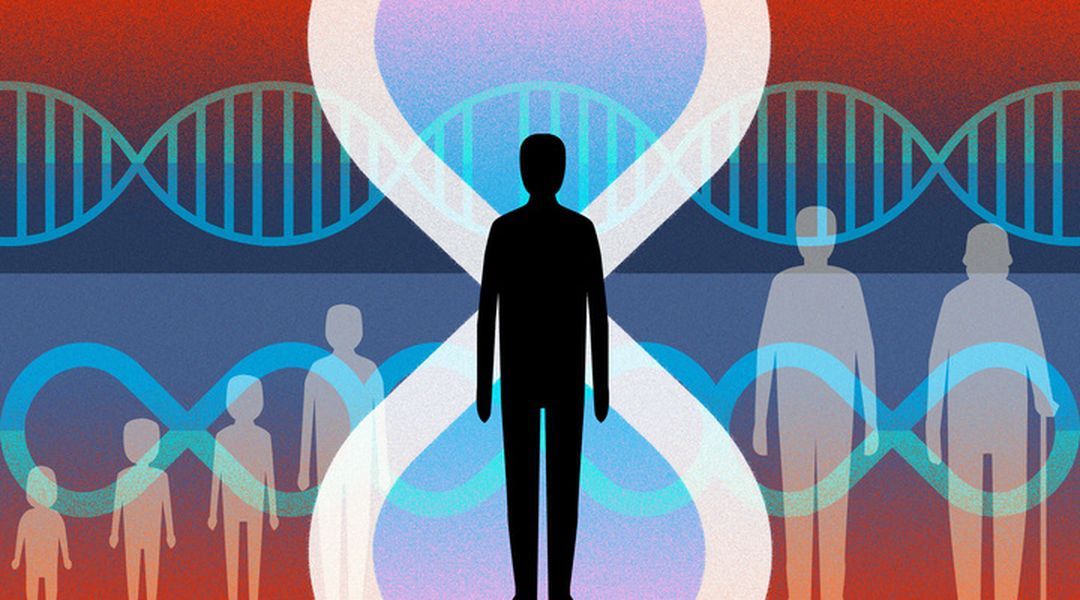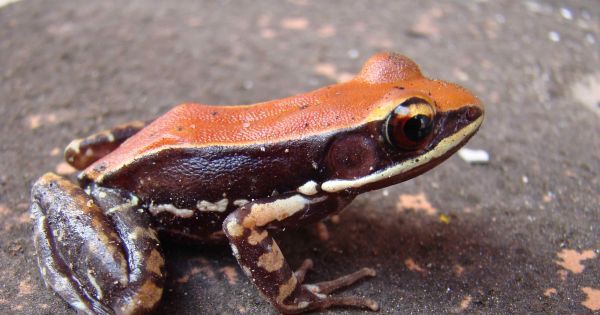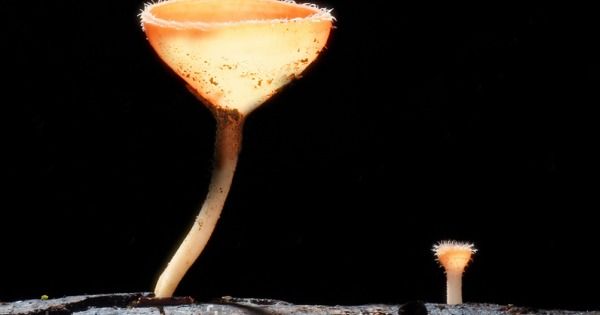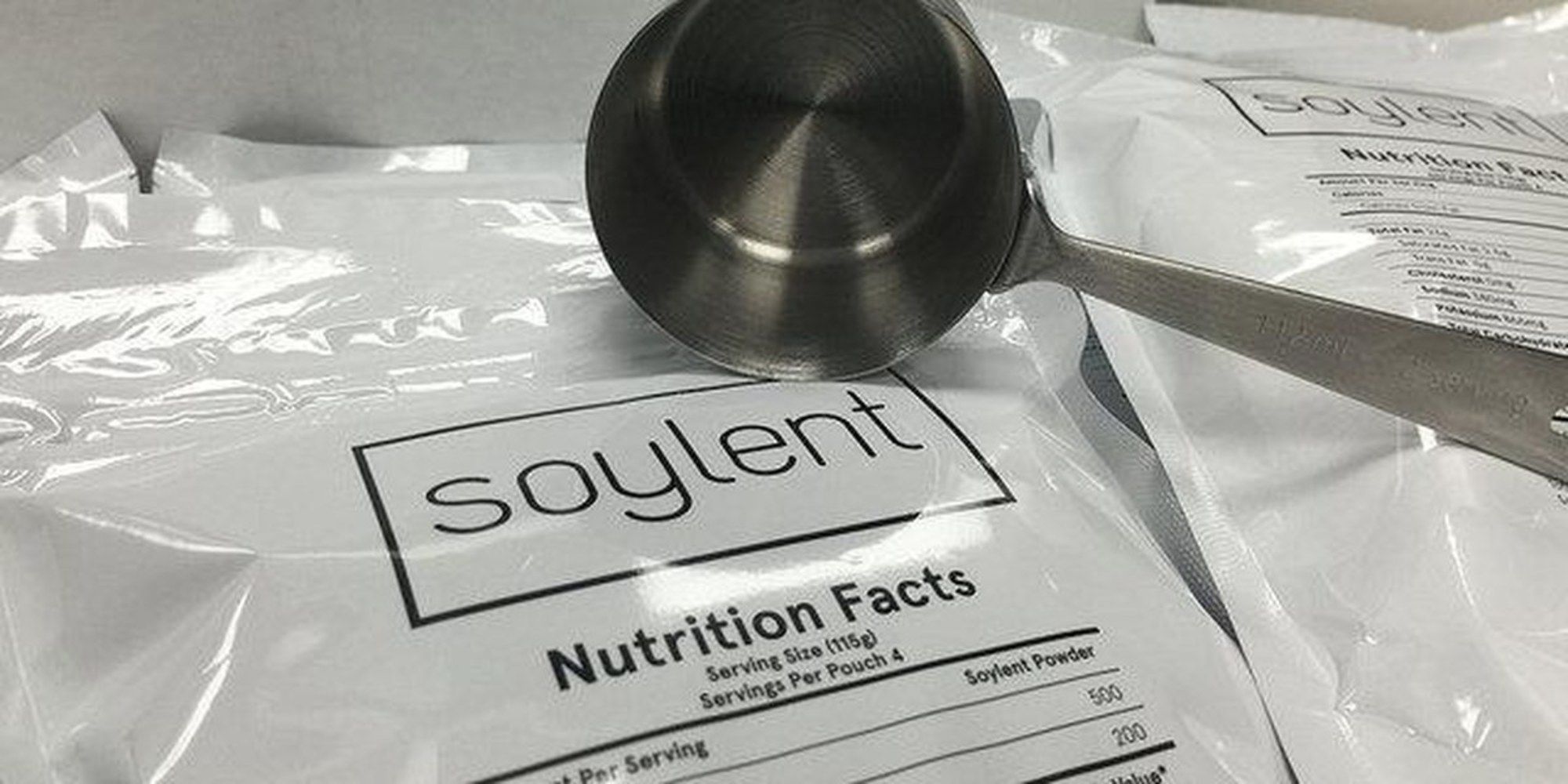Elon Musk’s SpaceX plans to start launching satellites into orbit in 2019 to provide high-speed internet to Earth.
In November, the company outlined plans to put 4,425 satellites into space in a Federal Communications Commission (FCC) filing. But the document gave little detail on the timeline.
However on Wednesday, Patricia Cooper, SpaceX’s vice president of satellite government affairs, said later this year, the company will start testing the satellites themselves, launch one prototype before the end of the year and another during the “early months“ of 2018. Following that, SpaceX will begin its satellite launch campaign in 2019.
